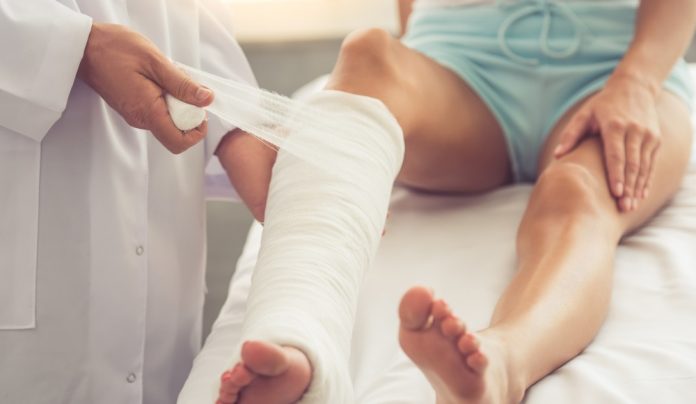Chronic diabetic foot pain might interfere with everyday activities and general quality of life. Although medical therapies are important for managing diabetes, we often undervalue the power of natural remedies.
This article will examine eight effective strategies to ease diabetic foot pain. These methods concentrate on treating diabetic foot pain discomfort and encouraging general well-being. However, visiting a doctor, like at Apollo Foot and Ankle Clinic in Chennai, is always better if these home remedies do not provide relief.
Understanding Diabetic Foot Pain
Diabetes can lead to several complications, including nerve damage. High blood sugar levels for a prolonged period are the prominent reason for diabetic leg pain. The reason is that diabetes damages the nerves, causing diabetic neuropathy.
The damaged nerves stop sending signals to different body parts, which may lead to numbness, tingling, and pain that interferes with your daily life activity.
Moreover, nerve damage with poor blood flow can increase complications. It puts you at risk of developing diabetic foot ulcers; it can even lead to amputation! That’s why managing your diabetes is of utmost importance. Besides, regular check-ups and early detection can help to avoid severe complications.
Eight Effective Home Remedies for Curing Diabetic Foot Pain
Here are eight significant natural remedies shared by healthcare experts you can include in your daily routine to get relief from diabetic foot pain:
1. RICE Strategy:
An efficient method for reducing inflammation is RICE (Rest, Ice, Compression, and Elevation). Resting the foot, using cold packs, compression bandages, and elevation can relieve diabetic leg pain.
2. Warm Water Soaks:
A warm water foot soak helps to increase blood circulation, relax the muscles, and offer momentary comfort. The calming effect can be increased by adding epsom salt to the water. However, do not keep them for a long time, as they can dry out your feet. Use talcum powder to soak out the water, and avoid using lotion between the toes.
3. Foot Massage
Massaging the feet increases blood flow, eases muscle tension, and encourages relaxation. Circular, gentle movements can help reduce diabetic foot soreness and improve general well-being.
4. Stretching and Exercise:
Mild calf and foot stretches can increase flexibility and lessen pain. Exercises with little impact on the feet, such as walking, can also help maintain cardiovascular fitness. Moreover, you can wiggle your toes or move your feet in circular movements while sitting is also beneficial.
5. Herbal Remedies:
Some herbal treatments, including Ashwagandha, Turmeric, Paneer Dodi, and Ginger, have anti-inflammatory characteristics that aid with diabetic foot soreness and pain. Moreover, bitter gourd juice in small quantities also effectively controls sugar levels.
6. Contrast Therapy:
Ice is anti-inflammatory and analgesic, numbing and relieving pain. However, a contrast bath is an effective option if you cannot tolerate ice longer. It is a little messy but an effective pain reliever. All you need is two buckets, one filled with cold water and one with warm water. First, dip your leg in cold water, wait for 30 seconds, and then dip your leg in the warm water bucket. Repeat this process five times, and keep towels nearby to avoid water mess in the room.
7. Lifestyle Modifications:
Maintaining good foot health requires managing diabetes with a healthy lifestyle. Proper blood sugar management, a balanced diet, drinking plenty of water, and quitting smoking can improve circulation and lower the risk of problems. Moreover, avoid wearing worn-out, cramped, or poor support shoes, which can restrict your feet. Instead, wear a shoe of the right size and proper fit with enough space, cushion, and solid arch to support your feet.
8. Stress Management and Relaxation Techniques:
Pain perception can become worse with stress. Stress-reduction practices like meditation, deep breathing exercises, or hobbies can help calm the mind and lower stress levels.
When to seek professional medical care?
Here are some signs that indicate you need immediate help:
Persistent swelling that does not subside after 2 to 5 days of home treatment.
Have soreness that has persisted for a few weeks.
Have unbearable pain, and an effect of tingling all over the body, especially if the majority of your bottom foot part is affected.
A cut, blister, or diabetic foot ulcer that doesn’t go away after a week or two.
Have a wound that is gushing pus or open at the infection.
Have symptoms relating to infection. These symptoms may include redness all over the body, a sense of warmth, or slight tenderness in the affected area. You can even have a fever over 100 F (37.8 C).
Deep, red, puffy, or warm-to-touch wounds.





























